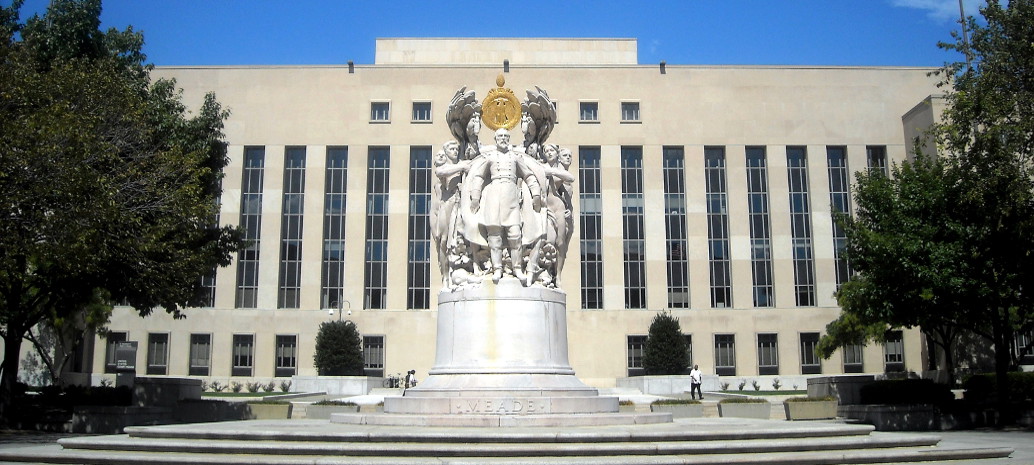pv magazine: If the Clean Power Plan survives this legal challenge, what is the overall impact that you expect for the U.S. solar industry?
Nathan Serota: Even if the Clean Power Plan (CPP) is ultimately upheld and implemented as written, the tangible impact for the U.S. solar industry is potentially minimal. In other words, if all states were to band together and comply with the plan under a hypothetical cap and trade type scheme, our analysis shows there would not need to be any incremental new renewable energy build, including solar, to meet the targets.

BNEF
That would assume that all states comply in a hyper-logical fashion. In reality, states are unlikely to be entirely logical about compliance, and depending on how they choose to implement CPP, it could ultimately have some tangible effect on the solar industry.
For example, the primary ways in which CPP could spur additional solar build in the U.S. are if it were to increase RPS standards, if it were to motivate utilities to incorporate new renewable build or signing new solar power purchase agreements into their integrated resource plans. And then more generally, what the CPP would do if it survives the challenges and gets implemented, is send a long-term signal across the power industry that the ultimate trend is towards decarbonization and clearly solar has a big role to play in such a transition.
pv magazine: How much of a factor here is timing, given that the first compliance period begins in 2022?
Serota: To be honest, the timing period is so far out, and the potential impact for the solar industry is so intangible, that it is not possible to incorporate CPP into business planning if you are a solar developer today.
The Clean Energy Incentive Program, which is a facet of the CPP, would coincide with the end of the federal tax credit extension. That could hypothetically mitigate some fall-off in build as federal tax incentives start to decline. However, our forecast suggests that given the level of cost declines and capacity growth that is already in the pipeline, generally speaking, solar won’t need additional CPP-related subsidies justify its economics in 2022.
Within the Clean Energy Incentive Program, EPA has incorporated a special benefit for low-income solar. And while it is very unclear what sort of incentives and the value of the incentives of the Clean Energy Incentive Program, the fact that it gives lip-service to low-income solar is certainly a positive sign to developers targeting that segment and consumers who stand to benefit.
pv magazine: What sort of a signal will it send to the solar industry if the plan is stopped by the court? And how much does this matter materially?
The industry would benefit from implementation of CPP. But if it ultimately gets struck down and not implemented, there would be almost no impact on the U.S. solar industry over the next 5 years.
Longer term it is a little less clear, but the future of the PV industry does not hinge on the Clean Power Plan. The federal tax incentives for solar “trump” the CPP many times over.
This content is protected by copyright and may not be reused. If you want to cooperate with us and would like to reuse some of our content, please contact: editors@pv-magazine.com.









By submitting this form you agree to pv magazine using your data for the purposes of publishing your comment.
Your personal data will only be disclosed or otherwise transmitted to third parties for the purposes of spam filtering or if this is necessary for technical maintenance of the website. Any other transfer to third parties will not take place unless this is justified on the basis of applicable data protection regulations or if pv magazine is legally obliged to do so.
You may revoke this consent at any time with effect for the future, in which case your personal data will be deleted immediately. Otherwise, your data will be deleted if pv magazine has processed your request or the purpose of data storage is fulfilled.
Further information on data privacy can be found in our Data Protection Policy.